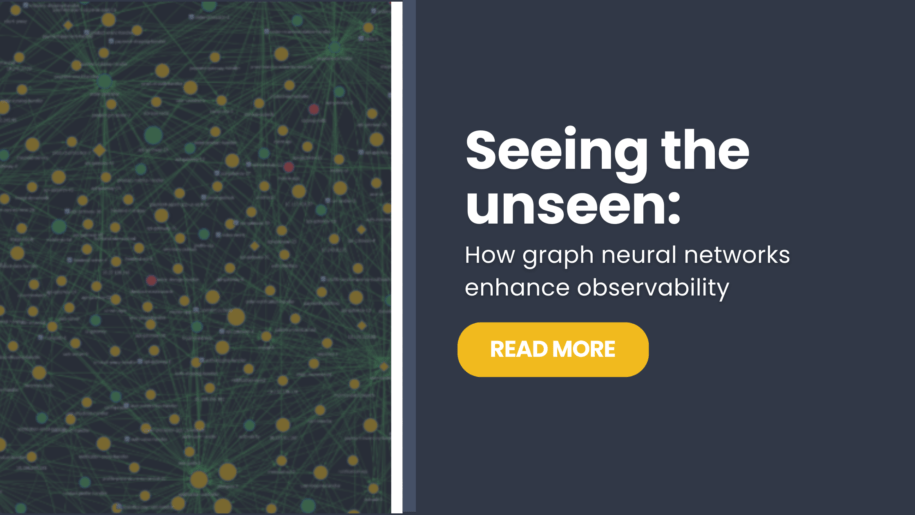In today’s interconnected world, we’re surrounded by complex systems – from social networks to intricate computer networks. Understanding these systems, or “observing” them, is crucial for everything from security to performance optimization. But what happens when we can’t see everything? That’s where Graph Neural Networks (GNNs) come into play, revolutionizing how we gain insights from interconnected data.
What are Graph Neural Networks (GNNs)?
Imagine a network of friends on social media. Each person is a “node,” and their friendships are the “edges” connecting them. This is a graph. Now, imagine trying to understand the dynamics of this network – who’s influential, what trends are emerging, or if there’s any suspicious activity. That’s where GNNs shine.
GNNs are a type of neural network specifically designed to work with data structured as graphs. They operate by “message passing,” where nodes exchange information with their neighbors, learning patterns and relationships within the network. This allows them to tackle tasks like:
- Node Classification: Predicting the category of a node (e.g., identifying a fake account).
- Link Prediction: Predicting whether a connection exists between two nodes (e.g., recommending friends).
- Graph Classification: Predicting the category of an entire graph (e.g., detecting a fraudulent network).
The Power of GNNs in Observability
So, how do GNNs enhance observability? The answer lies in their ability to analyze interconnected data and extract meaningful insights, even when we can’t see everything. Here’s how:
Network Monitoring and Security:
Networks, whether social or computer, are prime examples of graph data. GNNs can analyze these networks to detect anomalies, such as:
- Intrusion detection: Identifying unauthorized access attempts.
- Fraudulent activities: Spotting suspicious transactions or accounts.
- Botnet detection: Uncovering networks of compromised computers.
By identifying hidden patterns and anomalies, GNNs provide a deeper level of observability, allowing us to address potential threats proactively.
Overcoming Partial Observability:
We only have a partial view of the system in many real-world scenarios. Imagine trying to understand a complex machine with only a few sensors. GNNs can infer missing information and make predictions based on the observed behavior of neighboring components. For example, a GNN might predict the state of a hidden element based on the data it receives from sensors connected to it.
Analyzing Complex Systems:
Many complex systems, from transportation networks to biological systems, can be represented as graphs. GNNs enable us to understand the intricate interactions within these systems, which would be impossible with traditional methods. For example, in a city’s transportation network, GNNs can analyze traffic flow and predict congestion based on the relationships between roads and intersections.
The Future of Observability with GNNs
As our world becomes increasingly interconnected, the need for robust observability tools will only grow. GNNs offer a powerful approach to analyzing complex, interlinked data, enabling us to gain deeper insights and make better decisions. Whether securing our networks, optimizing complex systems, or simply understanding the world around us, GNNs are paving the way for a more observable future.
In Conclusion:
GNNs are more than just a buzzword. They’re a powerful tool for unlocking the hidden potential of interconnected data. By leveraging graph-based analysis, we can gain a deeper understanding of the systems that shape our world.










